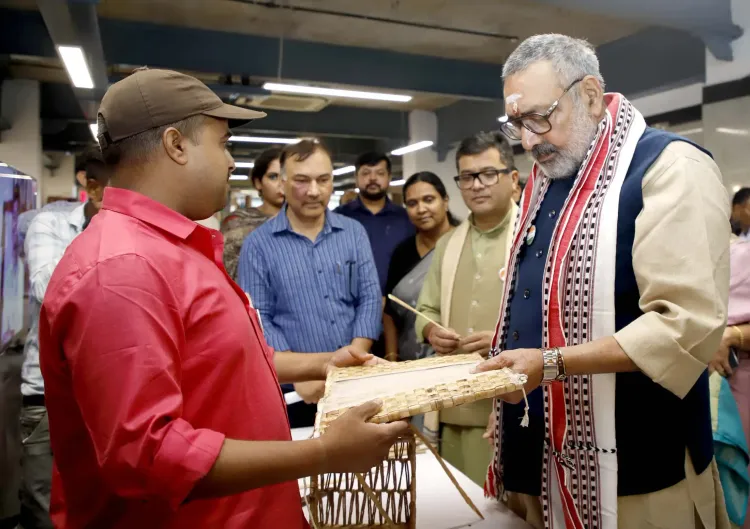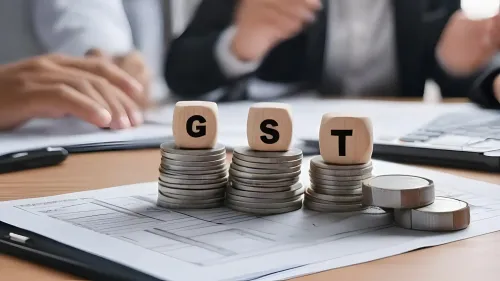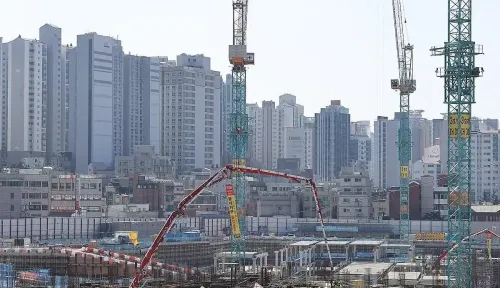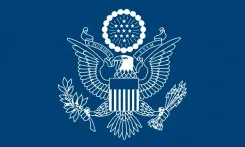What Are the New Amendments to the PLI Scheme for Textiles?

Synopsis
Key Takeaways
- New HSN codes added for MMF apparel and fabrics.
- Reduced investment limits for new applicants.
- Minimum 10 percent incremental turnover required from FY 2025–26.
- Application portal open until December 31.
- Focus on achieving $350 billion target by 2030.
New Delhi, Oct 9 (NationPress) The Ministry of Textiles has officially announced important updates to the production-linked incentive (PLI) scheme targeting man-made fibre (MMF) apparel, MMF fabrics, and technical textiles products. These revisions are designed to tackle industry hurdles, improve the business environment, stimulate new investments in the sector, and promote growth.
Among the significant changes to the PLI scheme are the addition of eight new HSN codes for MMF apparel and nine for MMF fabrics.
Applicants are now permitted to set up project units within their existing companies. Starting from August 1, the minimum investment requirement for new applicants has been halved, from Rs 300 crore to Rs 150 crore in the Part-1 category, and from Rs 100 crore to Rs 50 crore in Part-2.
Beginning in FY 2025–26, applicants must show a minimum of 10 percent incremental turnover compared to the previous year to be eligible for incentives starting from the second year.
According to the government, these updates will significantly lower entry barriers and financial requirements, facilitating faster implementation.
To promote broader industry participation, the Ministry of Textiles has extended the application portal for the PLI Scheme until December 31.
“We encourage interested companies to leverage the updated framework and extended deadline to apply and support India’s ambition of becoming a global textile manufacturing hub,” stated the Ministry of Textiles.
Additionally, the government aims to reach a target of $350 billion for the textiles sector by 2030, which includes $100 billion in exports, while also focusing on carbon neutrality, as highlighted by Textiles Minister Giriraj Singh.
During a recent event, the minister acknowledged that climate change and environmental sustainability are significant challenges for the sector. He stressed the importance of judicious use of water and electricity and the need for collective efforts to safeguard nature.
“Efficient water management, soil preservation, and the use of renewable energy are crucial to protect India’s primarily rain-fed cotton regions, ensuring that farmers' hard work translates into prosperity for future generations,” Singh added.
Despite India accounting for 40 percent of the world’s cotton area, its productivity stands at approximately 450 kg per hectare, which is significantly lower than the 2,000 kg per hectare seen in many other countries. The Mission for Cotton Productivity, currently under consideration, aims to bridge this gap.









